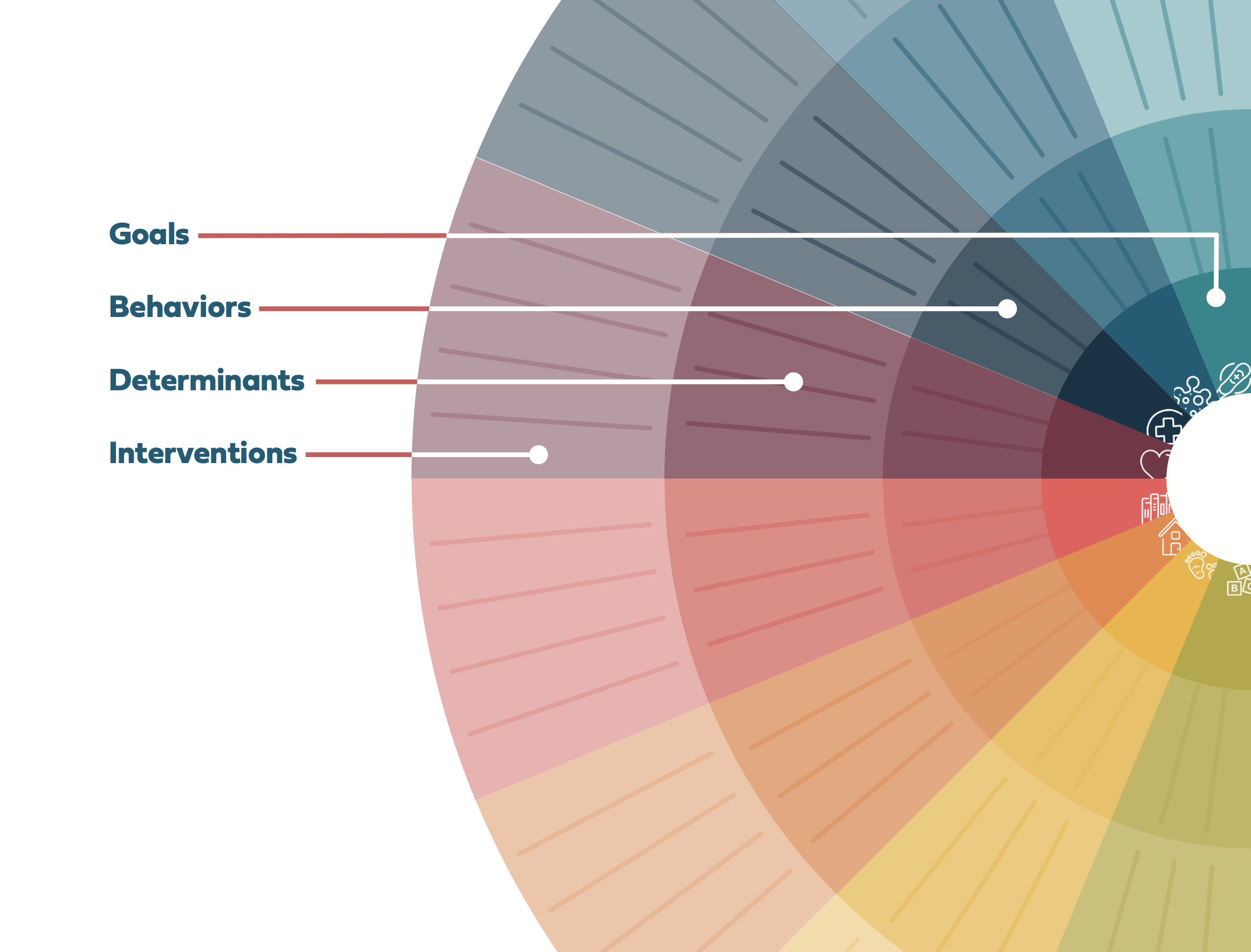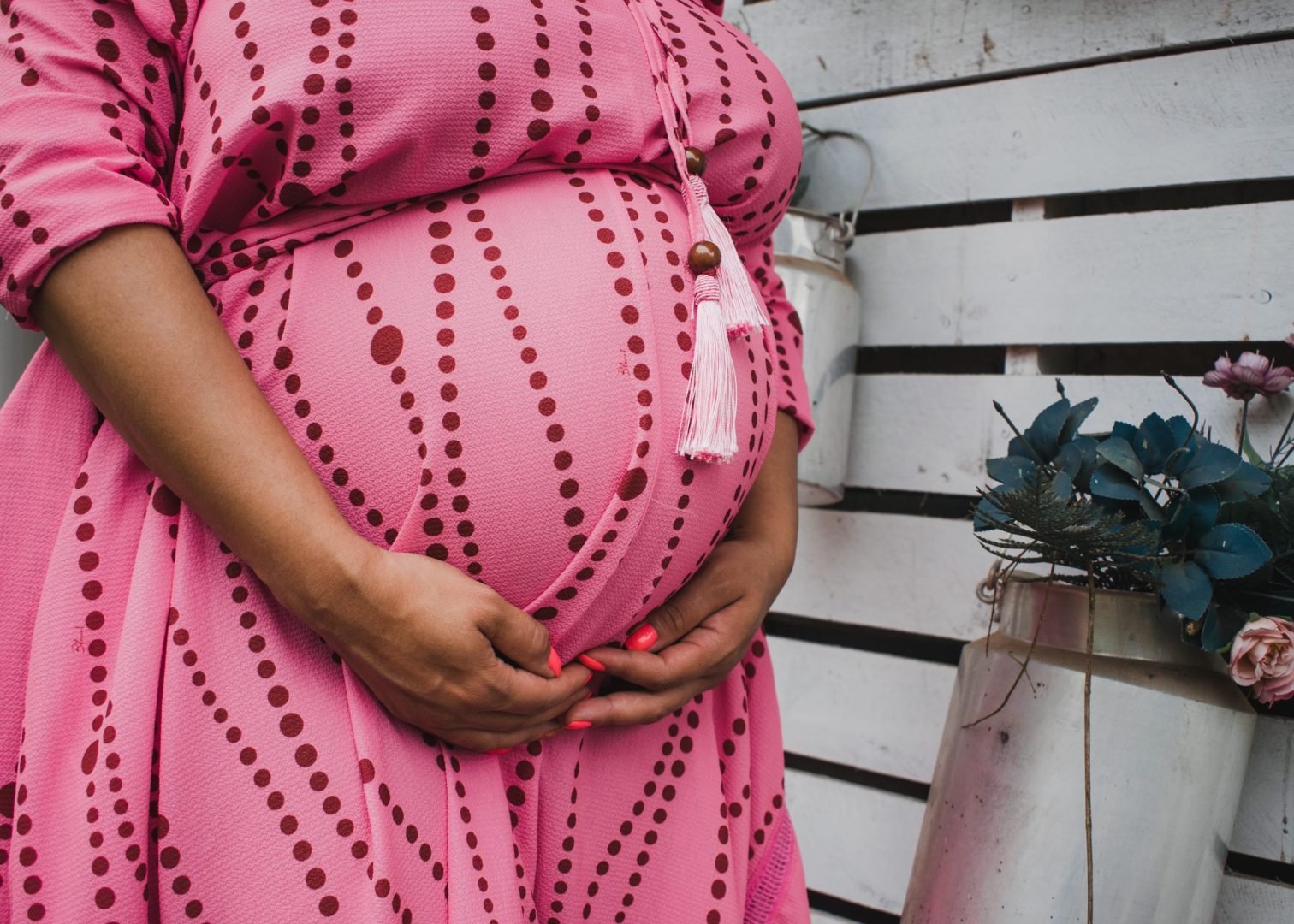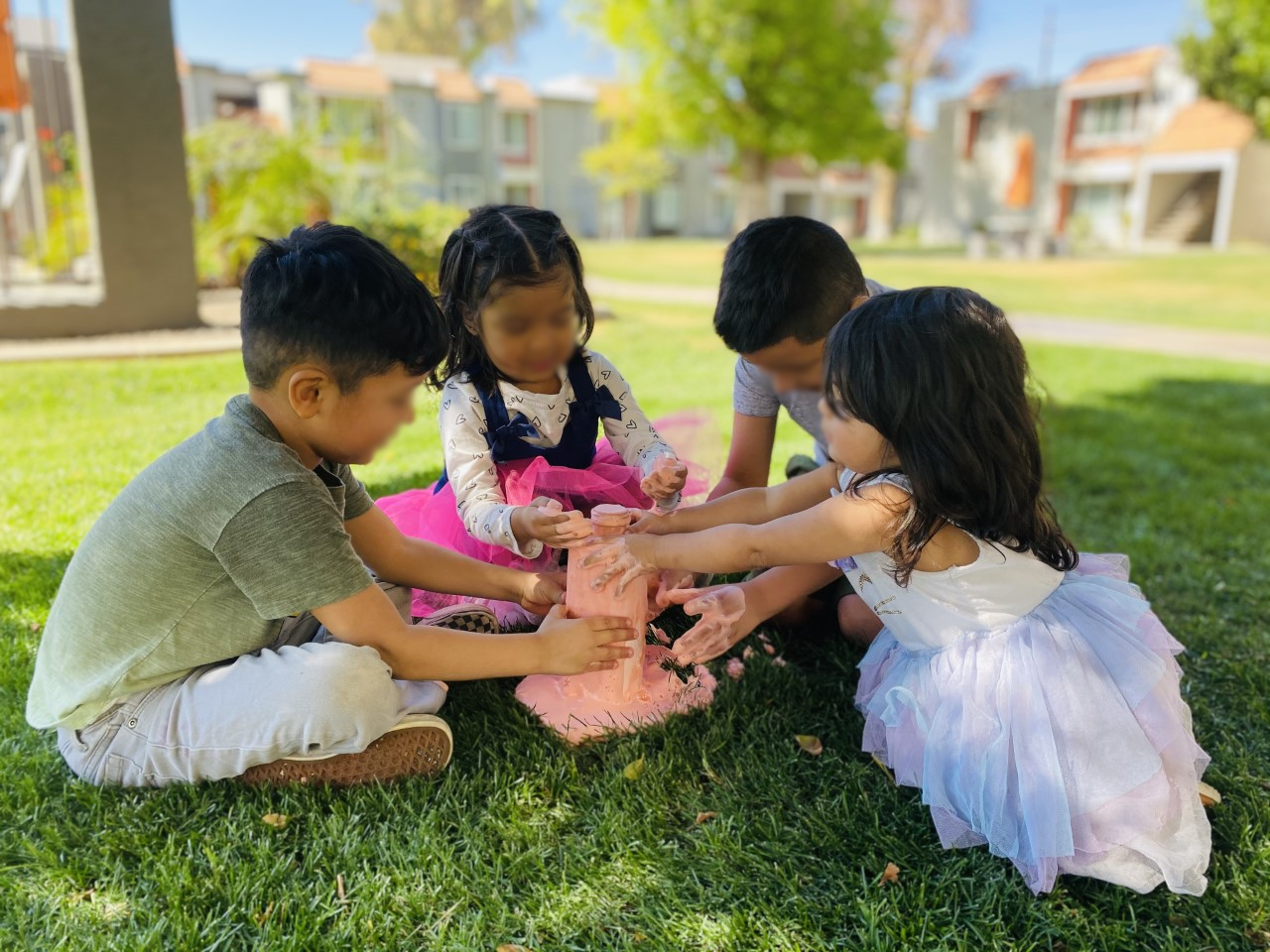The Practical Application of the Young Parents Logic Model
Young parents thrive when they have access to quality supports and services. The complicating factor is that these supports and services cross over so many areas—education, housing, child care, mental and physical health, relationships, financial stability, parenting and child development. It’s a lot. And it can be overwhelming for one organization to take it all in, much less to do it all.
But this big picture vision is necessary. How can a young parent be focused on their schoolwork when they don’t have reliable childcare? Or they are worried about where they will be sleeping that night? Who will help a young parent know about and advocate for their rights for excused absences and reasonable accommodations during pregnancy and after birth?
A holistic approach is what it takes, which is why Healthy Teen Network developed the Young Parents Logic Model. Based on the social-ecological model, the Young Parents Logic Model is the blueprint for how to take into account the diverse needs of young parents along with the range of factors, or social determinants of health, in society, in their communities, and in their relationships with family and peers, to provide the necessary supports and services for young parents to thrive.
Because we know young parents in and aging out of foster care demonstrate great resilience as they balance the life of an adolescent along with the demands of parenthood, and they are motivated to create a better life for their children.
But it’s just a model, a tool meant to be used. Which is why we at Healthy Teen Network were so appreciative of the opportunity to partner with our friends at the ReSHAPING Network to consider how to apply the Young Parents Logic Model to increase postsecondary educational attainment among young parents in and aging out of care.
Our collaboration resulted in an conceptual article: “Promoting Postsecondary Educational Success among Young Parents in and Aging out of Foster Care,” available now, along with an accompanying quick reference guide.
We know that young people in and aging out of foster care are resilient. Nevertheless, they experience higher rates of early parenthood (Dworsky & Courtney, 2010; Putnam-Hornstein & King, 2014; Putnam-Hornstein et al., 2016; Shpiegel & Cascardi, 2018; Svoboda et al., 2012) and poorer educational outcomes (Dworsky et al., 2014), including lower college enrollment and graduation rates (Courtney et al., 2011, 2018; Geiger & Beltran, 2017) than their peers. We also know that postsecondary education can potentially change the life course trajectories of young parents in and aging out of foster care, and hence, the life course trajectories of their children (Okpych & Courtney, 2019). Less is known, however, about what we could do to increase postsecondary educational attainment among this population of young people.
Increasing postsecondary educational attainment in this population requires an understanding of what those young parents need to pursue and complete their postsecondary education. Which is where the Young Parents Logic Model comes in, providing a framework for understanding those needs. We paired this framework with knowledge about what is currently being done to achieve this goal among this population, or at least, similar populations.
We were able to identify several programs designed to promote educational attainment among both young parents in the general population as well as young people in and aging out of foster care (we did not find any programs solely focused on young parents in and aging out of foster care). As we took a deeper look, we found that these programs, while not developed with the Young Parents Logic Model, used a social-ecological perspective (i.e., they addressed factors at multiple levels—societal, community, relationship, and individual).
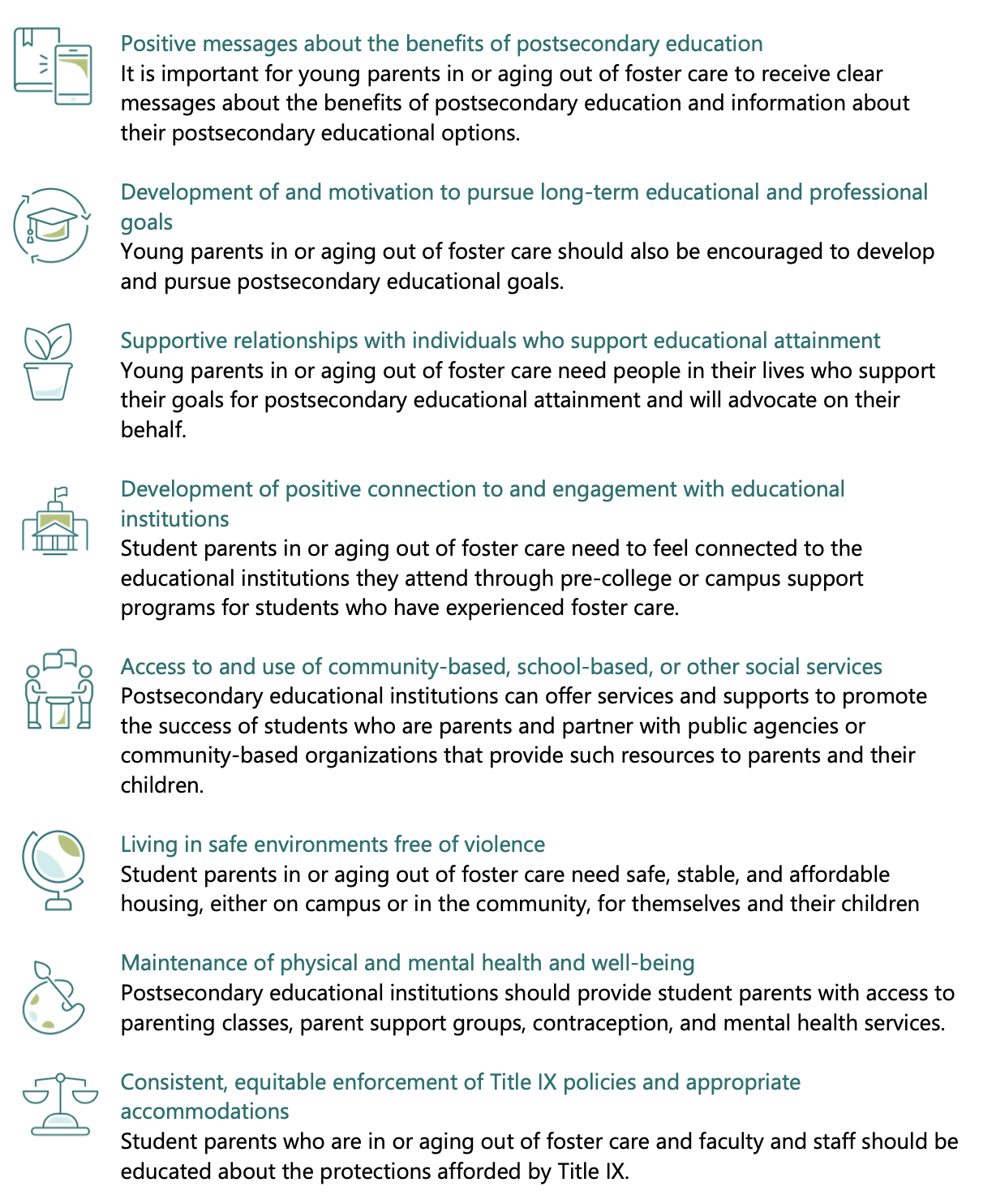
These programs also addressed several of the eight determinants most relevant to postsecondary educational attainment among young parents in and aging out of foster care:
- Positive messages about the benefits of postsecondary education
- Development of and motivation to pursue long-term educational and professional goals
- Supportive relationships with individuals who support educational attainment
- Development of positive connection to and engagement with educational institutions
- Access to and use of community, or school-based, or other social services
- Living in a safe environment free of violence
- Maintenance of physical and mental health and well-being
- Consistent, equitable enforcement of Title IX policies, including those related to appropriate living accommodations
One of the benefits of a logic model is that it identifies the path, or it provides the map, to achieve a goal. These 8 determinants are part of that path—we need changes in policy and practice in these areas. Because we know young parents in and aging out of foster care demonstrate great resilience as they balance the life of an adolescent along with the demands of parenthood, and they are motivated to create a better life for their children. Increasing postsecondary educational attainment among these young parents is one way to improve their well-being and the well-being of their children.
Read more in the full article.

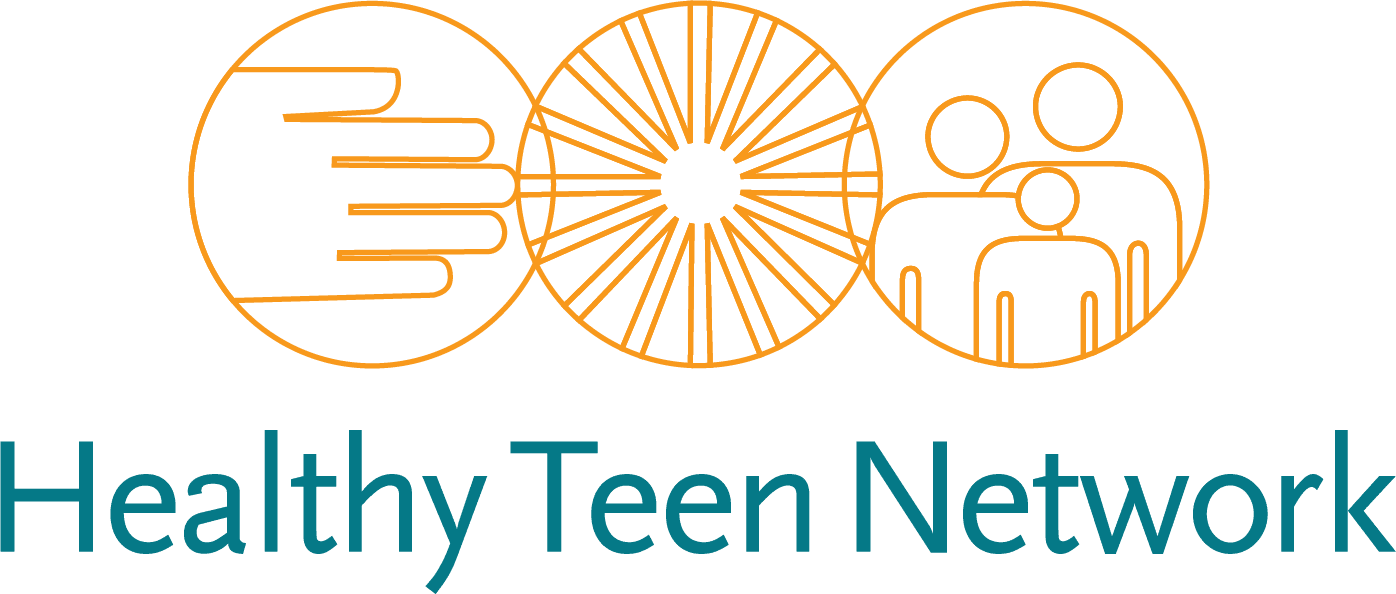
Manuscript Authors:
Lisa Schelbe, Ph.D., Florida State University
Amy Dworsky, Ph.D., Chapin Hall at the University of Chicago
Svetlana Shpiegel, Ph.D., Montclair State University
Andrea Lane Eastman, Ph.D., University of Southern California
Jennifer Geiger, Ph.D., University of Illinois – Chicago
Gina Desiderio, M.A., Healthy Teen Network
Milagros Garrido, M.S., P.M.P., Healthy Teen Network
PHOTO CREDIT: Healthy Teen Network

